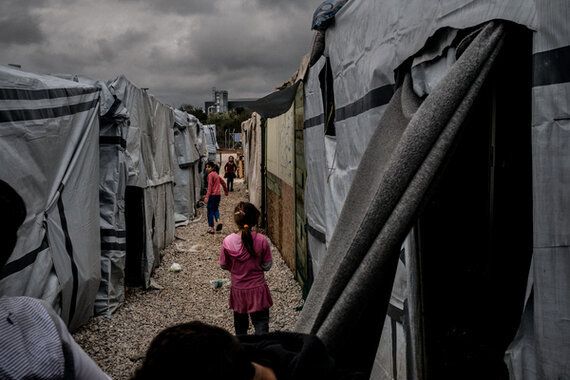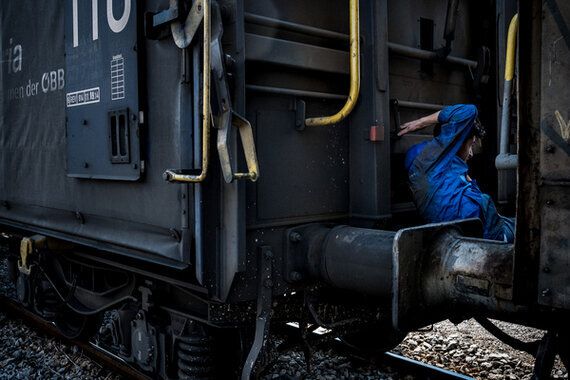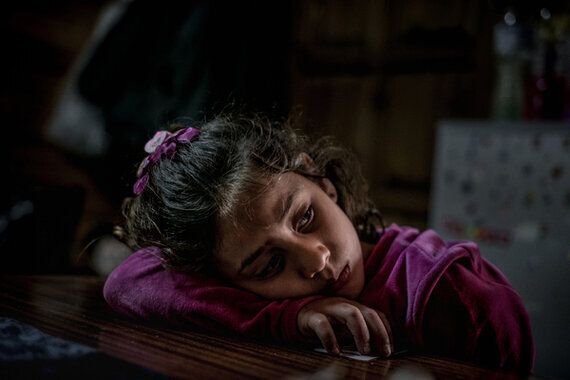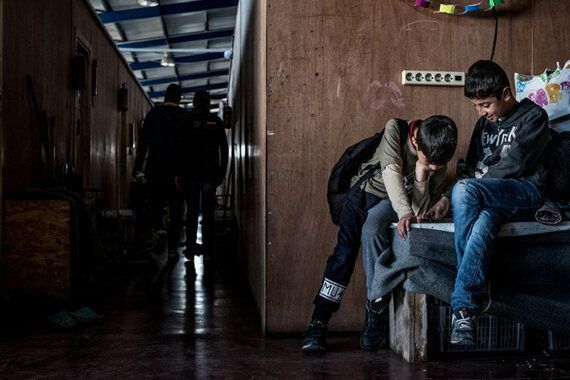
Eaz lost both his legs when a bomb hit his home in Syria. He fled to Jordan but soon found himself stuck without proper medical treatment. In the end, he turned to smugglers to get him to Europe. He told Unicef, "I wanted to come by plane because the journey is hard for someone like me. I waited for refugee status for three years, but didn't hear back. Finally I came by sea with smugglers."
Eaz's story is sadly not unusual. The global number of refugee and migrant children moving alone has reached a record high, increasing nearly five-fold since 2010. At least 300,000 unaccompanied and separated children were recorded across 80 countries last year.
It is not only the numbers of unaccompanied children that are on the rise, millions of children generally are on the move across international borders - fleeing violence and conflict, disaster and poverty, and in pursuit of a better life. There are lots of factors that motivate children to undertake these journeys, but wherever they are, we have a duty to protect them.

A child is still a child wherever they may be, but while on the move, first and foremost they need protection. The Convention on the Rights of the Child protects every child, everywhere. All children regardless of legal status, nationality and statelessness have the right to be protected from harm, obtain essential services like health and education and to be with their families. Yet in practice, this is not happening.
For children on the move, trafficking is a serious risk. In Unicef's latest report, A Child is a child, recent surveys indicated that 75% of children aged 11-17 arriving in Italy via the Central Mediterranean migration route had been exposed to one of the five indicators associated with trafficking, such as being forced to work or being held against their will. Children also make up two-thirds of detected trafficking victims in regions like Sub-Saharan Africa and Central America.

These new statistics are truly shocking - but there is something we can do about it. One child moving is one child too many and this is why ahead of the G7 summit in Italy next week, Unicef is calling on governments to adopt a six-point agenda for action to protect these children and ensure their well-being.
As one of the destination countries for children on the move, there is also much that the UK Government can do so that these children are safe and protected. This is why at Unicef UK, we have been asking the UK Government to build on the work done to bring children to safety from Calais last year, by improving its immigration rules on family reunion. By making it possible for children to safely reach their family members in the UK from countries of origin or transit, rather than having to first make the dangerous journey to Europe, we can prevent these children from falling into the hands of traffickers and smugglers.

By also working with partner countries on cross-border protection for children and putting in place resettlement schemes beyond the current 2020 cut-off, the UK can play a leading global role in ensuring that all unaccompanied children have the stability and support they need to rebuild their lives.
What is certain is that we need to act now. This latest data and statistics show that the problem is not going away any time soon and we need a global effort to protect the rights of children.
